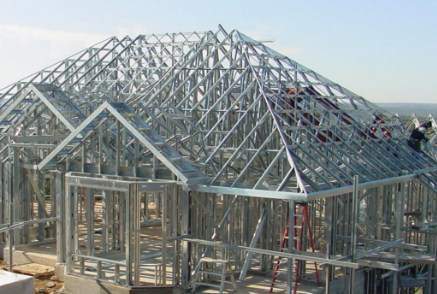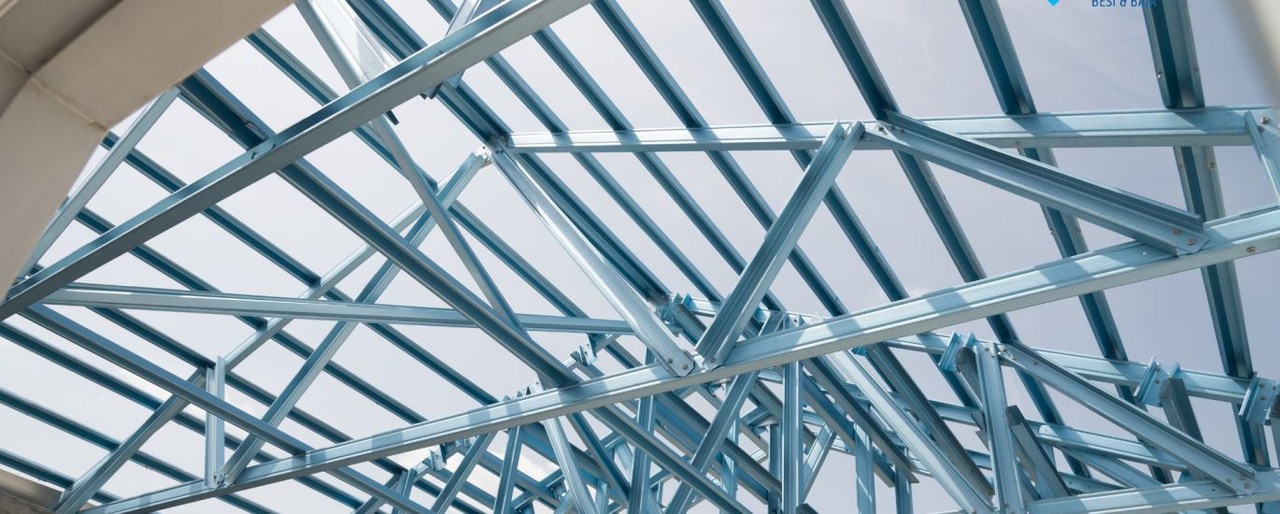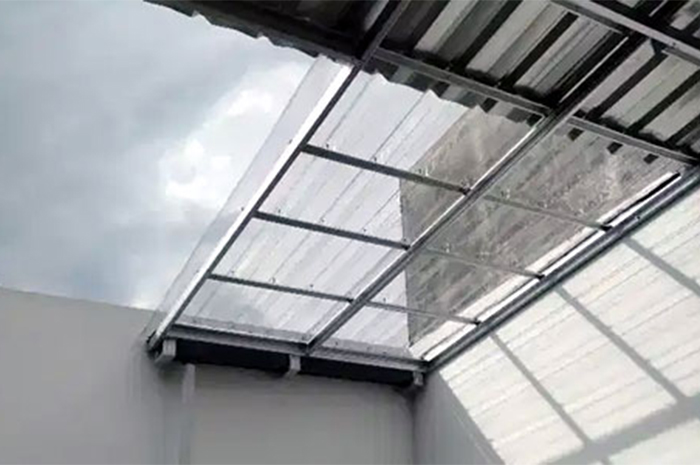 Bahasa Indonesia
Bahasa Indonesia  Inggris
Inggris
 Bahasa Indonesia
Bahasa Indonesia  Inggris
Inggris
 The main purpose in building roofs of every shape and type is to maximize the protection of buildings from the influence of external negative factors. This can be achieved through the use of a roof on a wooden or metal base. Basic requirements for design Regardless of the particular type of building material (wooden roof, lightweight steel roof) before completing work must be built a solid construction design, its main task must be to adjust or guarantee the stability and reliability of the roof.
The main purpose in building roofs of every shape and type is to maximize the protection of buildings from the influence of external negative factors. This can be achieved through the use of a roof on a wooden or metal base. Basic requirements for design Regardless of the particular type of building material (wooden roof, lightweight steel roof) before completing work must be built a solid construction design, its main task must be to adjust or guarantee the stability and reliability of the roof.
Implementation of construction quality, mostly wooden roofs and lightweight steel roofs, is a guarantee that the material will be able to withstand all loads from all conditions whether permanent or temporary.
The main requirements for material selection and roof design are strength, stability and reliability. The roof truss feature in the definition of "roof" in the standard configuration includes a number of elements: easel, gording, rafters, and battens. The rigid structure as a result of the assembly will function as a roof frame.
Based on this definition it refers to the rigid structure used for the roofing device as a whole. The aim is to transfer the total load, which is on the roof, to the walls of the building. The most common material for roofing uses wood, but another alternative that is very popular today is lightweight steel roofing. Let's look at a comparison of the two ingredients.
Comparison of VS steel lightweight steel roof truss systems: eligibility, quality, and price
A cost comparison between wood and mild steel for residential roof trussing in this case is done to show the cost effectiveness of each of these materials. The strengths and weaknesses of steel and wood are reviewed as well as the sustainability of this material from the perspective of the durability cycle. It has been estimated that the current wood and steel walls are approximately the same value in costs, while the use of mild steel for roof trusses is very competitive with conventional wood.
Wood roof truss construction has become an unrivaled tradition for residential buildings over a very long period of time due to satisfactory performance, availability, and relatively low cost. However, over the past few years, wood prices have risen easily, decreasing wood frame quality and environmental issues have raised serious concerns about the use of wood as a profitable option for housing construction.
Recently, mild steel has emerged as an alternative to wood which also offers durable and strong construction. With various alternative systems available, lightweight steel roof truss has become famous mainly because it offers price stability and simple substitution parts compared to wood. This has allowed builders to adjust to new building materials without worrying about learning a whole different approach to house roof frames.
The storm resistant quality of steel houses has increased interest in the use of lightweight steel roof truss. However, it is not clear how the application of this alternative material in comparing it to wood.
In this case we can see a comparison between wood and steel for the roof truss housing. This includes a comparison of practical and workplace feasibility as well as the need for wood and lightweight steel roof truss materials for residential construction. By evaluating the two ingredients in terms of feasibility, quality and cost, the aim is to stimulate the homeowner to investigate material choices more thoroughly.
Comparison of the advantages and disadvantages between lightweight steel roofs and wood
The comparison of advantages and disadvantages between steel and wood is incomplete without understanding the inherent advantages and disadvantages offered by these two systems, because it greatly influences the choice between the two materials. The concerns of both the homeowner and the builder, with regard to the two materials are discussed and assessed here.
A lightweight steel roof does not look different from a wooden roof. With this in mind, provide a quick comparison, between steel and wood, investigating important matters for the owner. Among these, considerations for resistance to insect attacks, resistance to storms and earthquakes, and don't forget about resistance to fire exposure, of course this is very important to have a direct impact on homeowner insurance rates.
Factors such as the initial cost of house construction, as well as future maintenance costs, influence the choice of materials. Understanding the advantages and disadvantages of materials will help in making wise investments, based on the right decision. Environmental impacts and sustainability issues every form of development has environmental impacts. All basic ingredients have a limited supply and the extraction results can impact pollutant emissions to air and water. Energy is also needed to process materials into useful products. However, by assessing this comparative severity of environmental burdens, it is possible to gain important insights into the relative level of sustainability of the various choices of materials used to perform the same function.

Komponen Atap Rumah Dan Fungsi-Fungsinya Yang Harus Anda Ketahui Sebelum Mulai Membangun Rumah!

Atap Transparan untuk Rumah, Lebih Baik Pakai atau Tidak?




